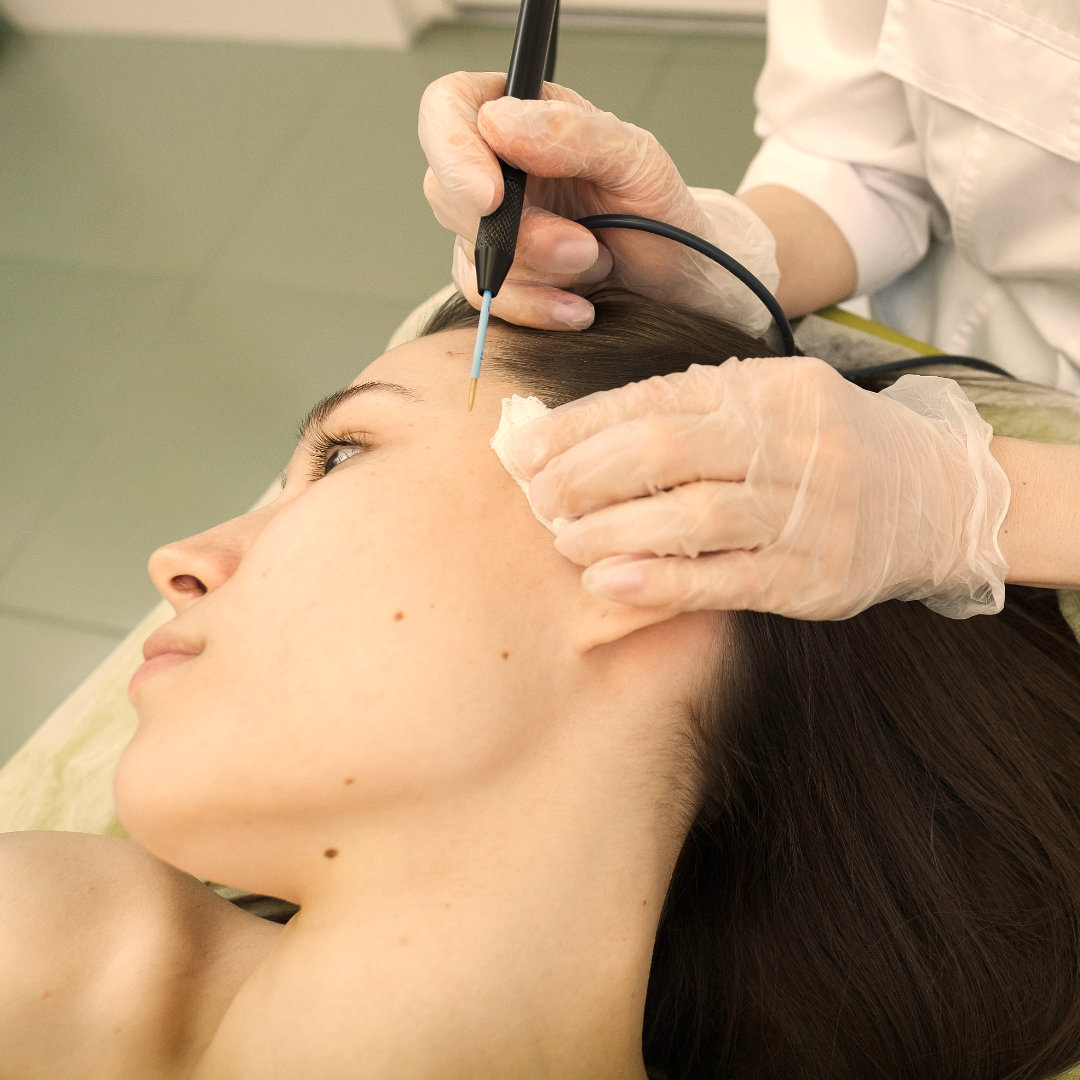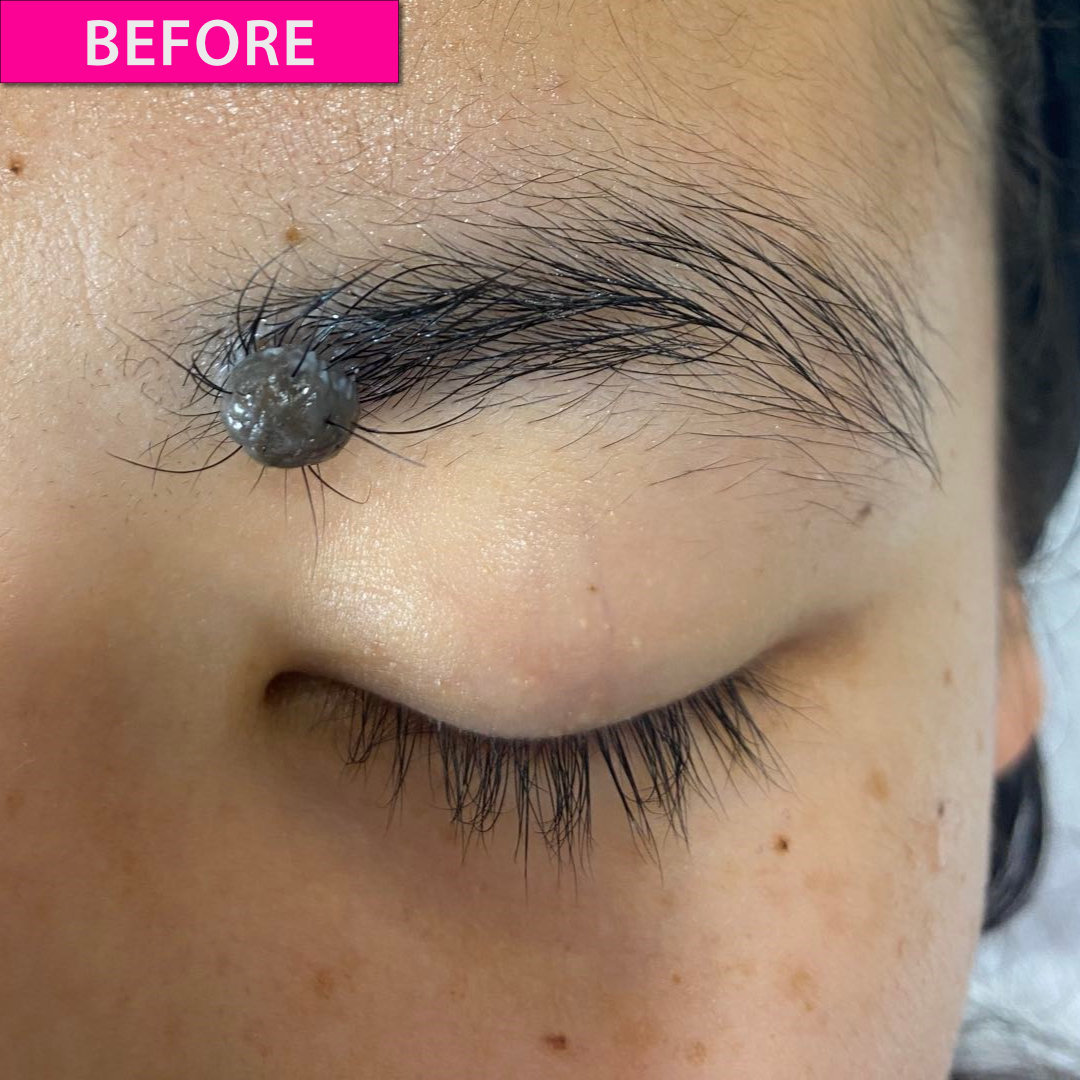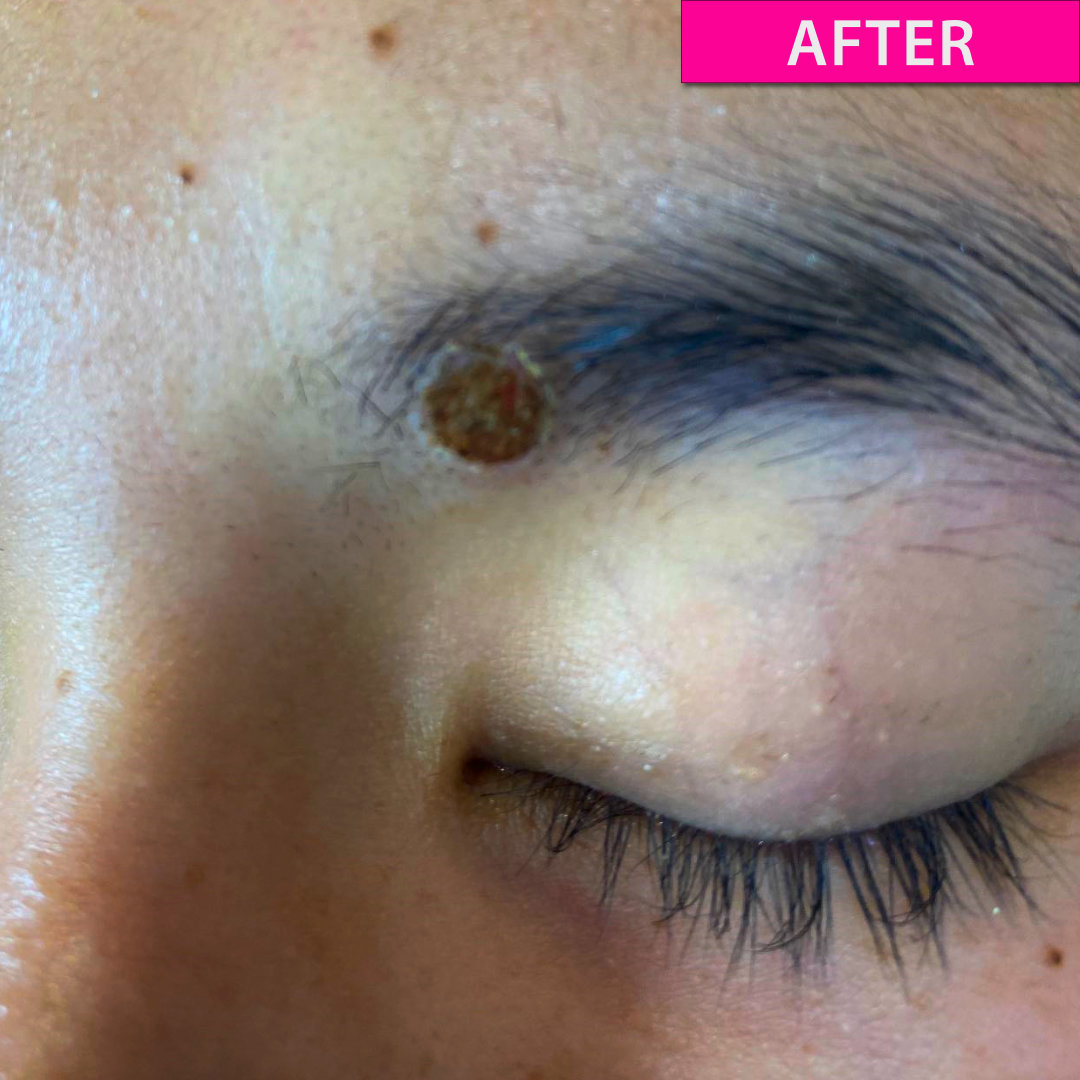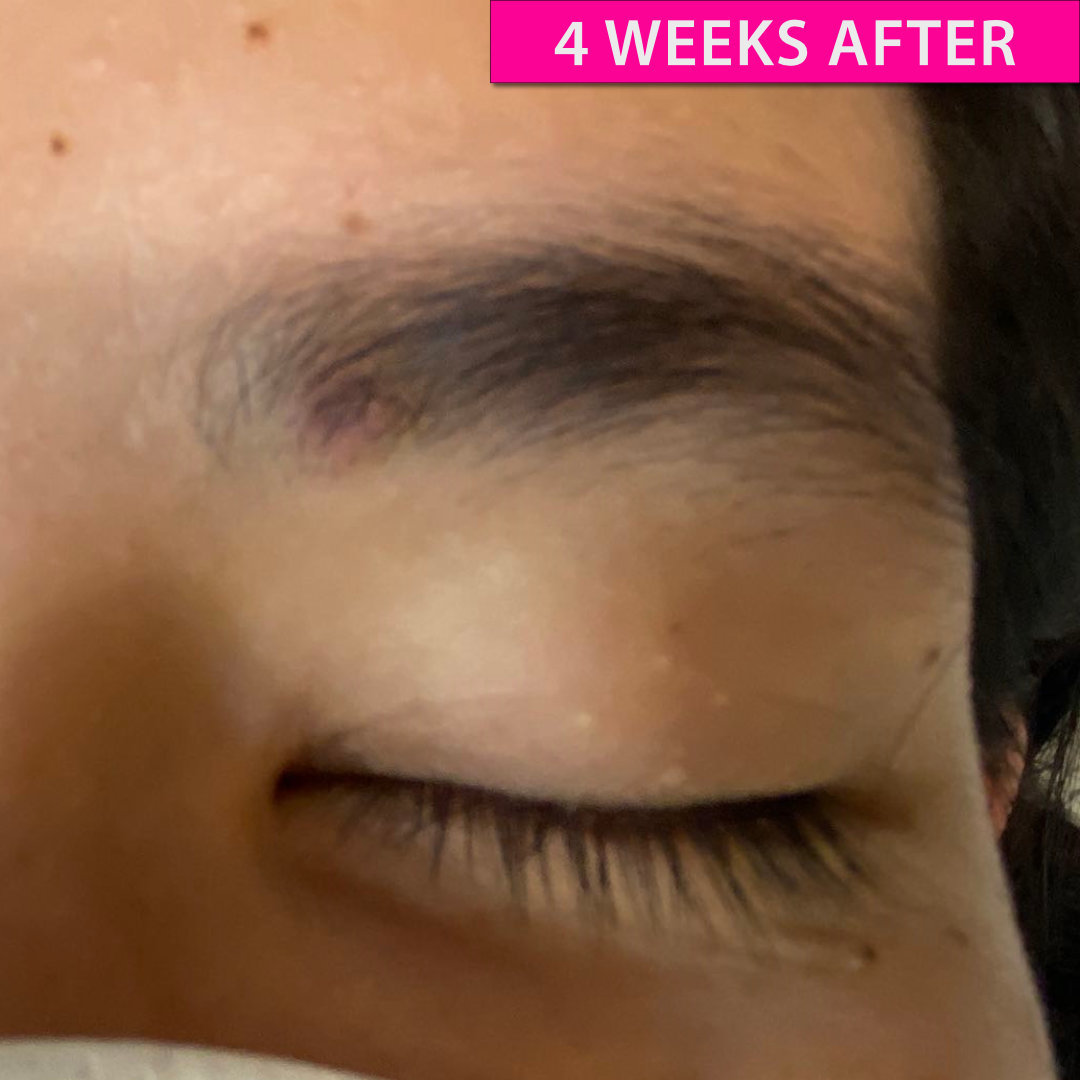Mole, Wart, & Skin Tag Removal FAQs: Safe, Professional Treatments
Your Questions Answered: Achieve Clearer, Healthier Skin with Expert Care

Moles, warts, and skin tags are common skin conditions that many people encounter. While often harmless, these skin growths can sometimes be bothersome or raise health concerns.
These FAQs aim to address the most frequently asked questions about mole, wart, and skin tag removal, helping you make informed decisions about treatment and care.
What are moles, warts, and skin tags?
A mole is a skin growth that forms when pigment cells (melanocytes) cluster together. Warts are caused by a viral infection in the top layer of the skin (HPV). Skin tags are small, soft, benign skin growths that often appear in areas where the skin folds or rubs.
Are moles, warts, and skin tags harmful?
Most moles, warts, and skin tags are harmless. However, changes in moles—such as size, shape, or color—could indicate skin cancer. If you notice any unusual changes or if they cause discomfort, consult a healthcare professional promptly.
Why would I want to remove a mole, wart, or skin tag?
People often seek removal for cosmetic reasons, discomfort, irritation (like clothing catching on skin tags), or concerns about potential health risks.

The highly skilled professionals at our Christchurch clinic are trained in mole removal techniques. They have the expertise to ensure procedures are safe and effective. They also minimise the risk of complications.
How can I safely remove moles, warts, or skin tags?
The safest way is to seek professional medical advice. Medical professionals can use methods like surgical excision, cryotherapy (freezing), laser treatment, or electrocautery for safe and effective removal.
When should I be concerned about a mole?
Consult a dermatologist if you notice changes in a mole’s size, shape, color, or texture, or if it becomes painful, itchy, or starts bleeding.
Is it safe to remove moles, warts, or skin tags at home?
Home removal is not recommended due to the risk of infection and scarring. Over-the-counter treatments for warts may be used but should be chosen carefully, ideally with a pharmacist’s advice.
What should I expect during professional mole, wart, or skin tag removal?
Procedures vary depending on the method. Typically, the area is cleaned and numbed with a local anesthetic. The specialist will remove the lesion and provide aftercare instructions to ensure proper healing.
What are the risks associated with mole, wart, and skin tag removal?
Common risks include infection, scarring, and skin discoloration at the removal site. There is also a slight chance of recurrence.

Mrs K.A. before removing a mole on her left eyebrow

Mrs K.A. immediately after removing the mole

Mrs K.A. four weeks after removing the mole on her left eyebrow, note the hair continues to grow.
How long does recovery take after removal?
Recovery times vary depending on the treatment method and lesion size. Most people recover within a few days to a couple of weeks.
Can moles, warts, or skin tags grow back after removal?
Moles or warts may regrow, especially if not completely removed. Skin tags usually do not regrow in the same place, but new ones may appear elsewhere.
When should I see a doctor about a mole, wart, or skin tag?
Consult a doctor if you notice changes in a mole’s appearance or if a wart or skin tag becomes painful, bleeds, or shows other unusual signs.
Specific FAQs
Mole Removal
Is mole removal painful?
A strong topical anaesthesia cream is used for most procedures, so discomfort is minimal.
Will mole removal leave a scar?
Some scarring is possible, dependant on which method is used to remove the mole, but proper aftercare can minimize its appearance.
What is the recovery process like after mole removal?
Recovery depends on the method used. There is usually minimal downtime, with simple wound care instructions to follow.

Wart Removal
Are warts contagious?
Yes, warts are caused by the HPV virus and can spread through direct contact.
Can over-the-counter treatments remove warts?
Over-the-counter (OTC) treatments can be effective for certain types of warts but often require multiple applications. However, some warts, particularly those on sensitive areas like the face or hands, may not be suitable for OTC treatments. In such cases, professional evaluation and treatment are recommended to ensure safe and effective removal.
What is the recovery process like after wart removal?
Recovery varies by method, but there’s typically minimal downtime with specific wound care instructions.
Skin Tag Removal
Are skin tags dangerous?
Skin tags are usually benign and harmless. However, consult a dermatologist if you notice any changes.
What is the recovery process like after skin tag removal?
Recovery is generally quick and simple, with minimal downtime and basic aftercare.
How do I prevent moles, warts, or skin tags from returning?
Prevention includes protecting your skin from excessive sun exposure, practicing good hygiene, and addressing skin irritation promptly.
Understanding moles, warts, and skin tags—and knowing when and how to seek professional treatment—can help you maintain healthy, clear skin. Whether for cosmetic reasons or health concerns, professional removal ensures safety, effectiveness, and the best possible outcomes. Always consult a medical professional for personalized advice and care.
Discover why MJ Exposé Health & Beauty’s advanced combination of treatments is the superior choice for removing facial moles, warts, and skin tags. Compared to traditional methods like liquid nitrogen or surgery, our approach offers safer, more effective results. Learn more on our page: Reveal Perfect Skin – Affordable Mole Removal.
If you'd like to discuss the removal of your Moles, Warts or Skin tags book a consultation today.
Schedule your consultation Schedule your consultation

 AfterPay is avaliable for all purchases.
AfterPay is avaliable for all purchases.